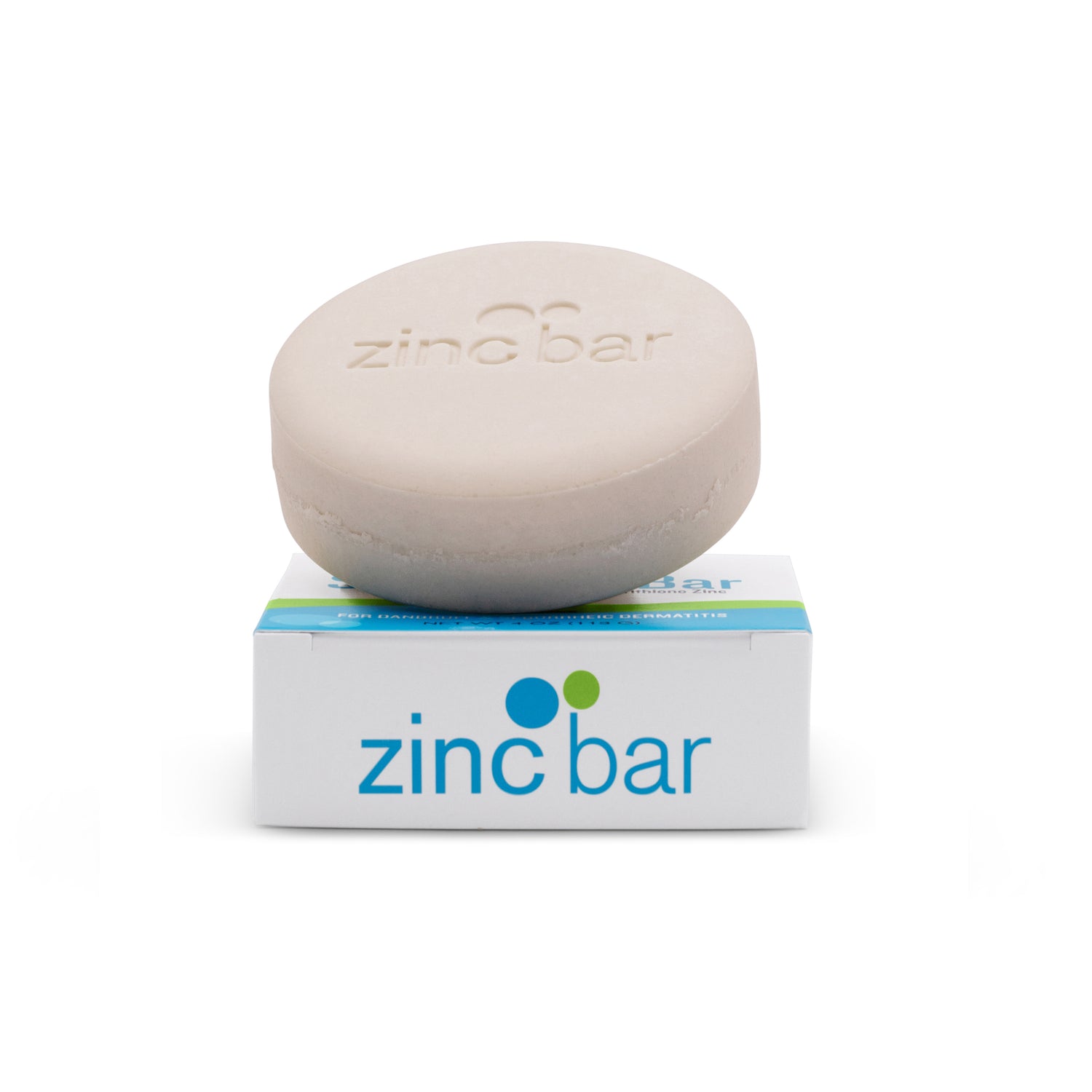Perioral Dermatitis
Overview
Perioral dermatitis is a common facial skin irritation affecting the skin around the mouth, extending at times upwards or outwards onto the cheeks, and less commonly around the eyes or forehead. Approximately 90% of cases are women between the ages of 16 and 45; it is very rarely seen in men. It is also rare in children; however, if they are affected it most often occurs between the ages of 7 months to 13 years. It tends to target those who have had other types of dermatitis or have skin that is more prone to dermatitis infections.
Symptoms and causes of perioral dermatitis
This type of dermatitis most often occurs around the mouth, and starts as a redness of the skin that can turn into small red bumps, pus-filled bumps, and scaling or peeling of the skin. The area in-between the affected areas will not appear red and should be healthy, although in some cases smaller areas may coalesce into one larger one as the condition worsens or flares. The most commonly affected area is typically right around the mouth, but there is usually a narrow band of skin directly surrounding the lips that is spared. The rash may also spread to areas around the chin, nose, eyes, and forehead. The look of the rash is very similar to acne and can be mistaken for acne. Occasionally symptoms of mild burning or itching may coincide with the rash.
The cause of perioral dermatitis is unknown; however, it is believed that prolonged use of steroidal creams may be a factor. Steroidal creams are oftentimes prescribed for those that suffer with different types of dermatitis, which is one reason why perioral dermatitis is seen more often in a patient suffering from other types. It has also been linked to cosmetic products (face creams and moisturizers) and dental products that contain fluoride or anti-tartar ingredients.
Diagnosis and medical treatment
In most cases, a physician or dermatologist can diagnosis perioral dermatitis simply by examination of the rash, its location and its look. Occasionally diagnostic testing may be done to rule out another type of skin irritation or infection. Testing will most typically include a culture for bacteria or other infection, but may include a biopsy or blood tests.
Treatment is centered on stopping the use of any steroidal creams, even non-prescription strength hydrocortisone creams. After initially stopping the use of these creams the rash will appear to get worse for days, or even weeks. While steroidal creams can have a positive effect on the rash, once they are stopped the rash will reappear and often worsen. This can be very discouraging, but it is therefore imperative that steroidal creams be stopped in order for the rash to clear up. Even so, in some cases a successfully treated case of perioral dermatitis may recur from time to time.
Other topical and oral medications that can help ease the appearance of the rash, as well as any itching and burning, include:
- Metronidazole and erythromycin—topically applied antibiotics used to treat bacteria and infection
- Benzoyl peroxide—comes in liquid, bar, lotion, cream or gel form and is topically applied to the skin to clear up infections
- Tacrolimus—a topical drug used to suppress the immune system, effective in treating dermatitis when it derives from a more severe over-reaction of the immune system
- Pimecrolimus—another nonsteroid immunomodulating topical agent that is anti-inflammatory
- Tetracycline, doxycycline, erythromycin, and minocycline—oral antibiotics used in severe cases of bacterial superinfection
It is important to note that it can take 6 to 12 weeks of treatment before the rash and irritation of the skin shows a noticeable improvement. Again, after a successful treatment, perioral dermatitis may reoccur, but it will generally respond to the same treatment that previously cleared it up. Most people do very well after proper treatment.
Self-care and natural treatments
The following simple self-care steps can often help ease the symptoms associated with perioral dermatitis, simultaneously helping to minimize the need for long-term antibiotics and other prescription drugs.
- Avoid the use of heavy face creams, moisturizers, cosmetics, and sunscreens.
- Stop the use of all dental products containing anti-tarter ingredients or fluoride.
- During initial flare-ups only wash the infected and surrounding area with warm water.
- Once the rash has significantly improved, washing with a mild soap or soap substitute like Dove or Cetaphil can be started.
- Azelaic acid is a substance found naturally on healthy skin, where it is produced by the normal yeast that inhabit the outer dermal layer. It is also found in the grains rye, barely and wheat. It can also be applied as non-toxic topical antibacterial that helps reduces the growth of unfriendly bacteria and stops disordered skin cell growth.
Fortunately, with a bit of care and attention, most cases of perioral dermatitis can be significantly improved or cleared up entirely. You may experience an occasional setback, but remember: when your skin gets the support it needs, it can heal and rejuvenate itself much more quickly!

